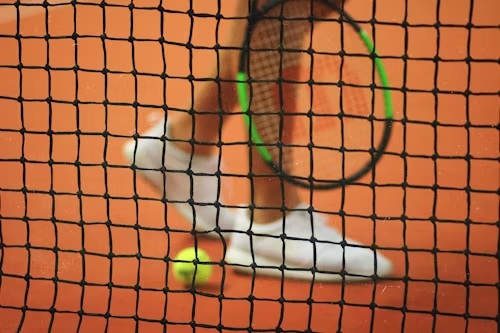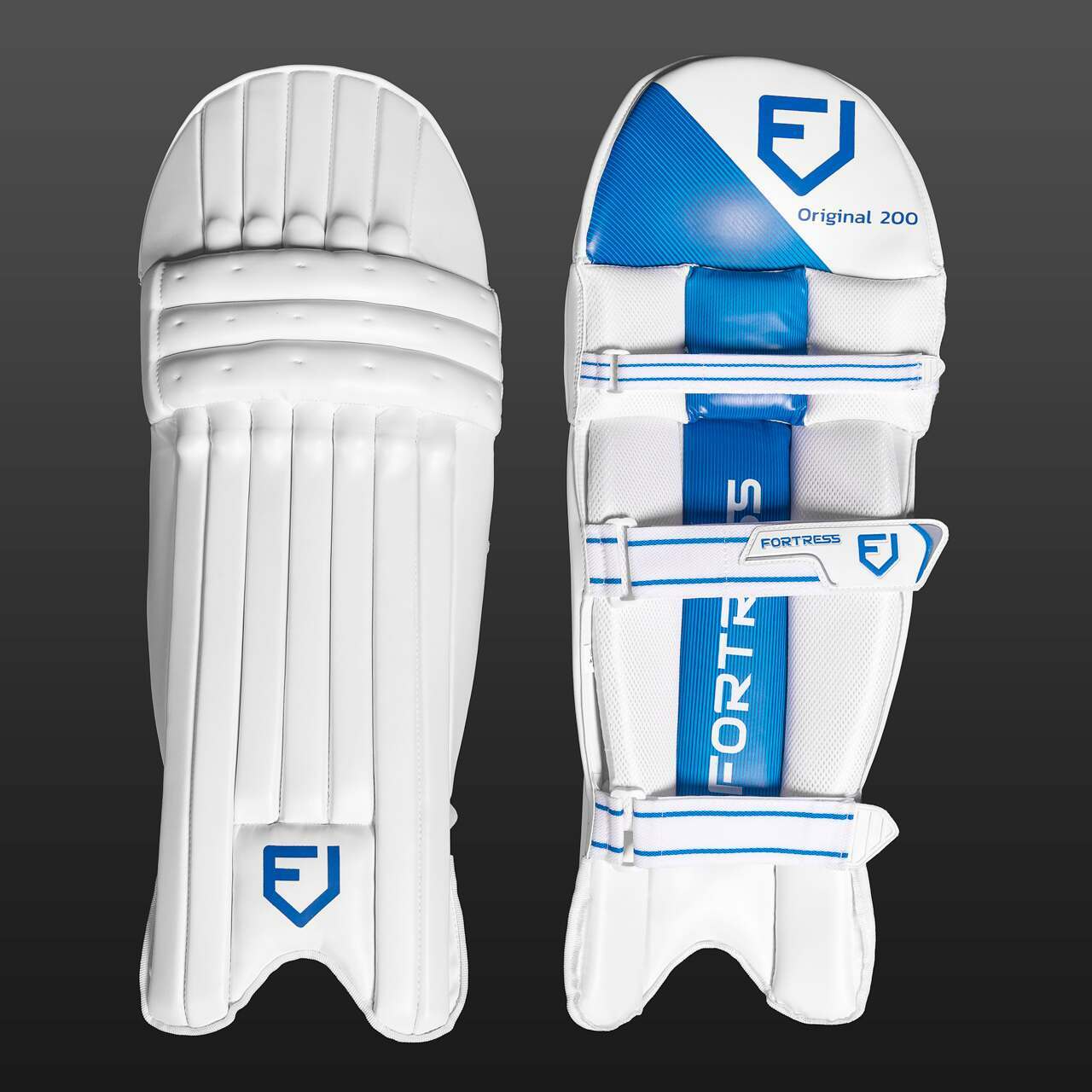How Many Sets in Tennis?
Tennis is one of the most popular sports worldwide, played and watched by millions. Whether you’re a beginner or a seasoned tennis fan, understanding the rules and structure of a tennis match is essential. One of the most commonly asked questions is, “How Many Sets in Tennis?” The structure of a tennis match, the number of games in a set, and even the number of sets in table tennis.

How Many Sets in a Tennis Match?
The number of sets in a tennis match depends on the tournament, format, and competition level. Generally, there are two types of formats:
Best-of-Three Sets Format
- This is the most common format in professional and amateur tennis matches.
- The first player to win two sets wins the match.
- Used in women’s singles matches in all Grand Slam tournaments.
- Used in men’s singles matches in ATP 250 and ATP 500 tournaments.
- Used in doubles matches (except Grand Slam men’s doubles, which use best-of-five sets in some cases).
Best-of-Five Sets Format
- This format is exclusive to men’s singles matches in Grand Slam tournaments (Wimbledon, US Open, French Open, and Australian Open).
- The first player to win three sets wins the match.
- This format allows for greater endurance and strategy, making for longer, more intense matches.
How Many Games in a Tennis Set?
A tennis set consists of a series of games, and the player who wins at least six games while leading by at least two games wins the set. However, there are different rules based on the tournament format:
Standard Set
- A player must win six games and be ahead by at least two games (e.g., 6-4, 7-5).
- If both players win six games each (6-6), a tiebreaker is played.
Tiebreak Set
- In a tiebreaker, players continue playing until one player reaches seven points with a lead of at least two points (e.g., 7-5, 8-6).
- Some tournaments use a 10-point tiebreaker in the final set.
Advantage Set (No Tiebreaker)
- Used in Wimbledon until 2019, where players had to win two games more than their opponent to win the final set (e.g., 13-11, 14-12).
- Now replaced by a 10-point tiebreaker at 6-6 in the final set in Grand Slam matches.

How Many Sets in Tennis to Win?
The number of sets required to win a tennis match depends on the match format:
- Best-of-Three Sets Match → A player needs to win two sets to win.
- Best-of-Five Sets Match → A player needs to win three sets to win.
For example:
- If Player A wins the first two sets (6-3, 6-4), the match ends since they have won two sets.
- If the match is a best-of-five format, the player needs to win three sets (e.g., 6-2, 3-6, 6-4, 7-5).
Special Cases in Tennis Set Rules
There are different variations of tennis set rules in some competitions:
Fast4 Tennis Format
- Sets are played to four games instead of six.
- Tiebreakers occur at 3-3 instead of 6-6.
- No advantage scoring (players do not need a two-point lead in each game).
College Tennis Format
- Uses a best-of-seven format in team competitions, where teams play six singles matches and three doubles matches.
- Doubles matches use an eight-game pro set rather than a standard six-game set.
Grand Slam Final Set Tiebreak Rule (Since 2019)
- If the final set reaches 6-6, a 10-point tiebreaker is played.
- This rule is used in the US Open, Australian Open, and Wimbledon.
How Many Sets in Table Tennis?
Table tennis, often referred to as ping pong, has a different scoring system compared to traditional tennis. The format for table tennis matches varies but generally follows these structures:
Best-of-Five Sets Format
- The first player to win three sets wins the match.
- Used in amateur tournaments and casual play.
Best-of-Seven Sets Format
- The first player to win four sets wins the match.
- Commonly used in international tournaments like the Olympics and ITTF World Championships.
Best-of-Nine Sets Format
- The first player to win five sets wins the match.
- Used in some professional leagues for a longer match structure.

Table Tennis Scoring Rules
- A set is won by the first player to reach 11 points with a lead of at least two points.
- If both players reach 10 points each, the set continues until one player leads by two points.
10 Rules Governing Sets in Professional Tennis
1. Match Format and Set Structure
- Professional tennis matches are played in either best-of-three sets (women’s and most men’s tournaments) or best-of-five sets (Grand Slam men’s singles).
- A set consists of games, and a player must win at least six games with a margin of two games to win a set.
2. Winning a Set
- A player must win at least six games while leading by at least two games to win a set.
- If the set reaches 6-5, the player leading must win the next game to claim the set 7-5.
- If the set reaches 6-6, a tiebreaker is usually played (except in special cases like advantage sets).
3. The Tiebreak Rule
- If the score reaches 6-6, a tiebreak game (usually first to 7 points, winning by 2) is played.
- The player who reaches 7 points first, leading by at least 2 points, wins the tiebreak and the set 7-6.
- In Grand Slams, different tiebreak rules may apply in the final set.
4. No Tiebreak in Certain Final Sets
- Historically, in Grand Slam tournaments, the final set was sometimes played as an “advantage set” (players must win by two games without a tiebreak).
- However, now most Grand Slams have final-set tiebreaks, but the point threshold varies:
- Australian Open & French Open: Super tiebreak at 6-6 (first to 10 points).
- Wimbledon: Super tiebreak at 6-6 (first to 10 points).
- US Open: Tiebreak at 6-6 (first to 7 points).
5. Serving Order in a Set
- The first game of a set is served by one player, alternating with their opponent in subsequent games.
- In a tiebreak, the first server serves one point, and then each player serves two points in a row.
6. Changeovers and Rest Periods
- Players switch sides after every odd-numbered game (e.g., 1st, 3rd, 5th game, etc.).
- A 90-second break is allowed during changeovers (except after the first game of a set).
- A 120-second break is allowed between sets.
7. Set Breaks and Bathroom Rules
- Players can take one extended break for bathroom/change of attire in a match (timed).
- Additional breaks can result in time violations and possible penalties.
8. Medical Timeouts
- A player is allowed to request a medical timeout during a set, usually lasting three minutes.
- Multiple medical timeouts are generally not allowed unless for different injuries.
9. Rules for Defaults, Walkovers, and Retirements
- If a player retires or withdraws before completing a set, the opponent wins the set by default.
- If a player gets disqualified due to misconduct, they forfeit all completed sets and the match.
10. Let Rules in a Set
- If a let is called on a serve (ball touches the net and lands in the service box), the server replays the serve.
- In ATP, WTA, and Grand Slam matches, lets are replayed indefinitely in the same service point.
FAQS
Tennis matches are structured into sets, with the number of sets varying based on the type of match and tournament rules. Below are six frequently asked questions about the number of sets in tennis, along with detailed answers:
1. How many sets are played in a standard tennis match?
In most professional tennis matches, players compete in a best-of-three sets format, meaning the first player to win two sets wins the match. However, in men’s Grand Slam tournaments (Australian Open, French Open, Wimbledon, and US Open), matches are played in a best-of-five sets format, requiring a player to win three sets to secure the match. Women’s matches at Grand Slam events remain best-of-three sets.
2. How many games are required to win a set?
To win a set, a player must win at least six games and lead by a margin of two games. If the score reaches 6-6, a tiebreaker is typically played to determine the set winner. In a tiebreaker, the first player to reach seven points with a two-point advantage wins the set.
3. Are there different set formats in tennis?
Yes, while the standard set format requires a player to win six games with a two-game margin, alternative formats exist to expedite play:
- 8-Game Pro Set: The first player to win eight games by a two-game margin wins the set. If the score reaches 8-8, a tiebreaker is played.
- Short Sets: Sets are played to four games instead of six, with a tiebreaker at 3-3. This format is often used in junior or senior one-day tournaments to shorten match duration.
- Fast4 Tennis: A variation where sets are played to four games, tiebreakers occur at 3-3, and other rules are modified to speed up play.
4. How does the scoring system work within a set?
A set is composed of games, and each game consists of points. The point progression within a game is as follows: 0 (Love), 15, 30, 40, and Game. If both players reach 40, it’s called Deuce, and a player must win two consecutive points to win the game. The first player to win six games with a two-game margin wins the set.
5. Do doubles matches have different set rules?
In professional doubles matches, the format can vary:
- ATP and WTA Tour Events: Doubles matches are typically best-of-three sets, with the first two sets played to six games. If the match is tied at one set all, a Match Tiebreak (first to 10 points, win by two) is played instead of a full third set.
- Grand Slam Tournaments: Men’s doubles at Wimbledon are played in a best-of-five sets format, while other Grand Slam events use the best-of-three format with a Match Tiebreak in lieu of a third set.
6. Have there been recent changes to set formats in major tournaments?
Yes, the four Grand Slam tournaments standardized their final-set tiebreak rules. Now, if a match reaches 6-6 in the deciding set, a 10-point tiebreak is played, with the first player to reach 10 points and lead by at least two points winning the match. This change aims to prevent excessively long matches and ensure consistency across tournaments.
Conclusion
Understanding the number of sets in tennis and table tennis is essential for players, fans, and bettors. The structure of a match can greatly affect strategies, endurance, and the overall excitement of the game. Here’s a quick recap.



